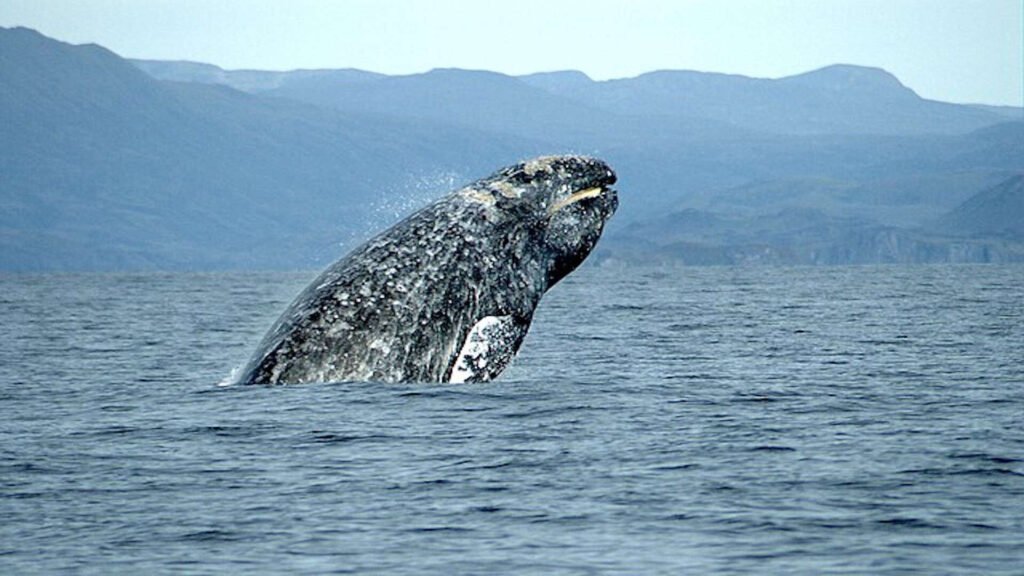When most people think about sharks, they picture razor-sharp teeth and scenes from Jaws. But what if I told you that these ancient predators are actually among our planet’s most powerful allies in the fight against climate change? While governments debate carbon taxes and scientists develop new technologies, sharks have been quietly working as nature’s own climate warriors for millions of years. Their role in maintaining ocean health goes far beyond what meets the eye, creating ripple effects that help regulate our planet’s temperature and carbon storage systems in ways that might surprise you.
The Ocean’s Top-Down Control System

Sharks operate as apex predators in what scientists call a “top-down” control system, where they regulate entire marine ecosystems from the highest level of the food chain. This isn’t just about keeping fish populations in check – it’s about maintaining the delicate balance that allows oceans to function as massive carbon sinks. When sharks hunt, they’re essentially fine-tuning the ocean’s ability to absorb and store carbon dioxide from the atmosphere.
Think of sharks as conductors of an underwater orchestra, where every species plays its part in creating harmony. Remove the conductor, and the music becomes chaos. Research shows that healthy shark populations help maintain the structure of marine food webs, which directly impacts how efficiently oceans can capture carbon from the air above.
Carbon Sequestration Through Prey Control

One of the most fascinating ways sharks combat climate change is through their regulation of herbivorous fish populations. When sharks maintain healthy numbers of plant-eating fish, they prevent overgrazing of seagrass beds and kelp forests – two of the ocean’s most effective carbon storage systems. Seagrass beds alone can store up to 35 times more carbon per square meter than tropical rainforests.
Without sharks keeping herbivorous fish in check, these underwater meadows would be decimated, releasing massive amounts of stored carbon back into the atmosphere. It’s like having a natural security system protecting our planet’s most valuable carbon vaults. The presence of sharks ensures that these critical ecosystems remain intact and continue absorbing CO2 at maximum efficiency.
The Seagrass Connection

Seagrass beds cover less than 0.2% of the ocean floor, yet they’re responsible for storing roughly 10% of all oceanic carbon. These underwater grasslands rely heavily on the presence of sharks to maintain their health and growth. When shark populations decline, the cascade effect leads to overgrazing and destruction of these vital carbon storage areas.
Studies from Australia’s Shark Bay have shown that when tiger sharks are present, dugongs and sea turtles modify their grazing behavior, allowing seagrass beds to flourish. This behavioral change, triggered by the mere presence of sharks, results in significantly higher carbon storage rates. The psychological impact of predators – what scientists call the “landscape of fear” – creates more effective carbon sequestration than any human-engineered system.
Whale Falls and Deep Ocean Carbon

Sharks play a crucial role in one of the ocean’s most spectacular carbon storage events: whale falls. When whales die and sink to the ocean floor, they carry enormous amounts of carbon with them – carbon that can remain sequestered for decades or even centuries. Sharks help maintain healthy whale populations by keeping their prey species in balance, ensuring robust marine ecosystems that support large whale populations.
A single whale carcass can sequester up to 33 tons of carbon dioxide, equivalent to what 1,500 trees absorb in a year. By maintaining the complex food webs that support whale populations, sharks indirectly contribute to this massive carbon storage system. It’s a connection most people never consider, but it demonstrates how every level of the ocean’s food web interconnects in the fight against climate change.
Nutrient Cycling and Ocean Productivity

Sharks are nature’s recycling experts, moving nutrients from deep waters to shallow areas and from offshore to nearshore environments. This nutrient distribution is essential for maintaining productive marine ecosystems that can effectively absorb carbon dioxide. When sharks migrate vertically through the water column, they transport nutrients that fuel phytoplankton growth – the ocean’s primary carbon-absorbing organisms.
These microscopic plants are responsible for producing about 50% of the world’s oxygen and absorbing roughly 25% of all carbon dioxide emissions. Sharks help maintain the nutrient cycles that keep phytoplankton populations healthy and productive. Without this natural fertilization system, the ocean’s ability to combat climate change would be severely compromised.
The Trophic Cascade Effect
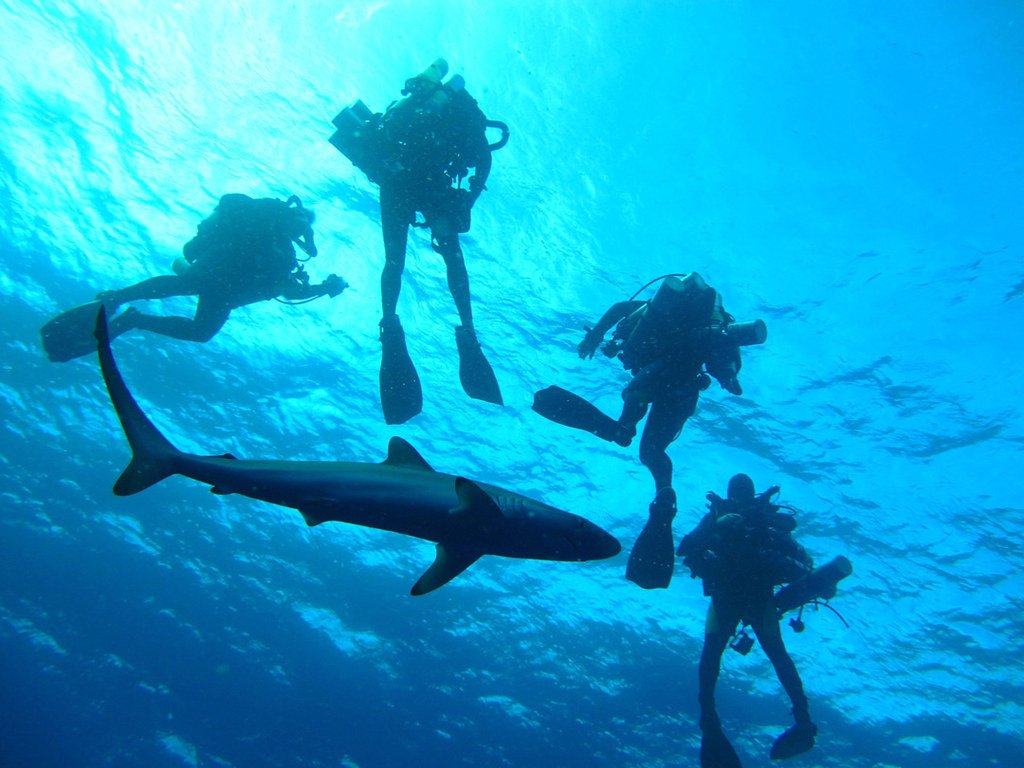
When sharks disappear from an ecosystem, the resulting trophic cascade can have devastating effects on carbon storage. This domino effect starts with an explosion in the populations of sharks’ prey species, which then overconsume their own food sources. The end result is often collapsed ecosystems with dramatically reduced carbon storage capacity.
The classic example comes from the U.S. East Coast, where overfishing of large sharks led to an explosion in ray populations. These rays decimated scallop beds, which had been important carbon storage areas. This cascade effect demonstrates how removing one species can unravel entire carbon storage systems that took centuries to develop.
Kelp Forest Guardians
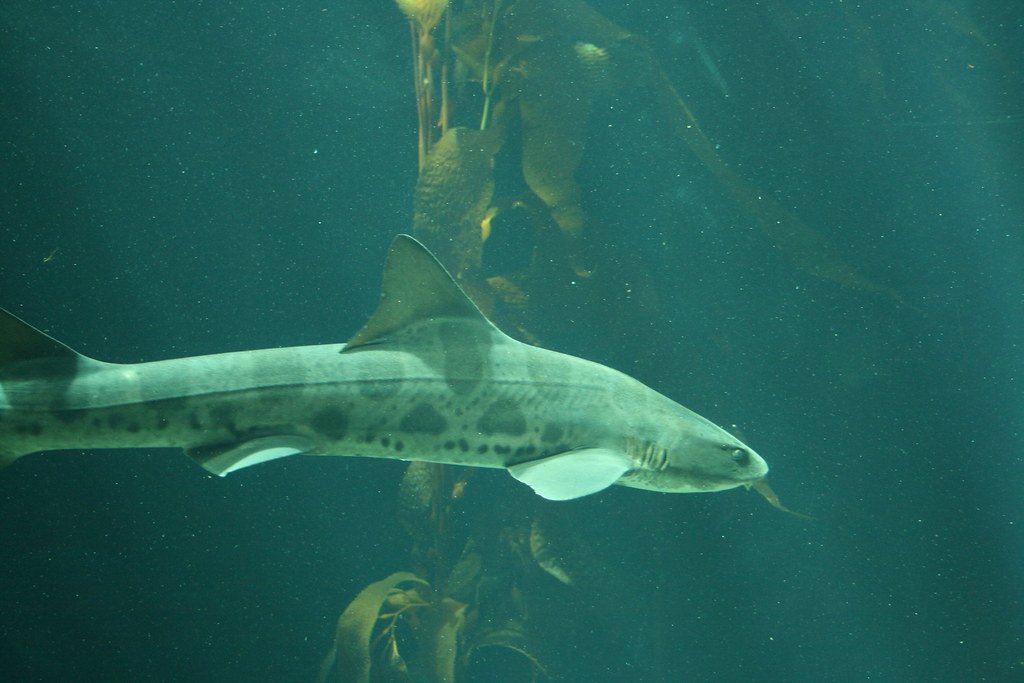
Kelp forests are among the most productive ecosystems on Earth, capable of sequestering carbon at rates comparable to tropical rainforests. These underwater forests depend on sharks to maintain the delicate balance of species that keep them healthy. When sharks regulate sea urchin populations indirectly through predation pressure on intermediate predators, kelp forests can thrive.
California’s kelp forests have shown remarkable resilience in areas where shark populations remain healthy. These towering underwater plants can grow up to two feet per day, rapidly absorbing carbon dioxide from the water. The presence of sharks ensures that the complex food web supporting these forests remains intact, allowing them to continue their vital carbon storage function.
Behavioral Ecology and Carbon Storage

The mere presence of sharks changes the behavior of their prey species in ways that enhance carbon storage. Fish that might otherwise graze continuously on carbon-storing vegetation become more cautious and selective in their feeding when sharks are around. This behavioral modification, driven by predator-prey dynamics, results in healthier marine plant communities and more effective carbon sequestration.
Research in coral reef systems has shown that when sharks are present, herbivorous fish spend less time in open areas and more time in protective crevices. This behavioral change allows algae and other carbon-storing organisms to establish and grow in areas that would otherwise be heavily grazed. The psychological impact of predators creates a more carbon-efficient ecosystem without any direct intervention.
Deep Sea Carbon Pumps

Deep-sea sharks play a particularly important role in what scientists call the “biological carbon pump” – the process by which carbon is transported from surface waters to the deep ocean. These sharks feed on organisms that have absorbed carbon near the surface, then transport that carbon to deeper waters through their migrations and eventual death.
Species like the Greenland shark, which can live for over 400 years, represent incredibly long-term carbon storage systems. When these ancient predators eventually die, they carry centuries’ worth of accumulated carbon to the ocean floor. Their slow metabolism and deep-water habitat make them particularly effective at sequestering carbon for extended periods.
Coral Reef Climate Regulation

Coral reefs are not just beautiful underwater gardens – they’re also important carbon storage systems and climate regulators. Sharks help maintain the health of coral reefs by controlling populations of coral-eating fish and maintaining the complex relationships between different reef species. Healthy coral reefs can store significant amounts of carbon in their calcium carbonate structures.
When sharks are removed from coral reef ecosystems, the resulting imbalance often leads to algae blooms that can smother corals and reduce their carbon storage capacity. The presence of reef sharks helps maintain the delicate balance that allows corals to thrive and continue their role as carbon sinks while also providing coastal protection from storm surge and sea level rise.
Migratory Patterns and Global Carbon Distribution
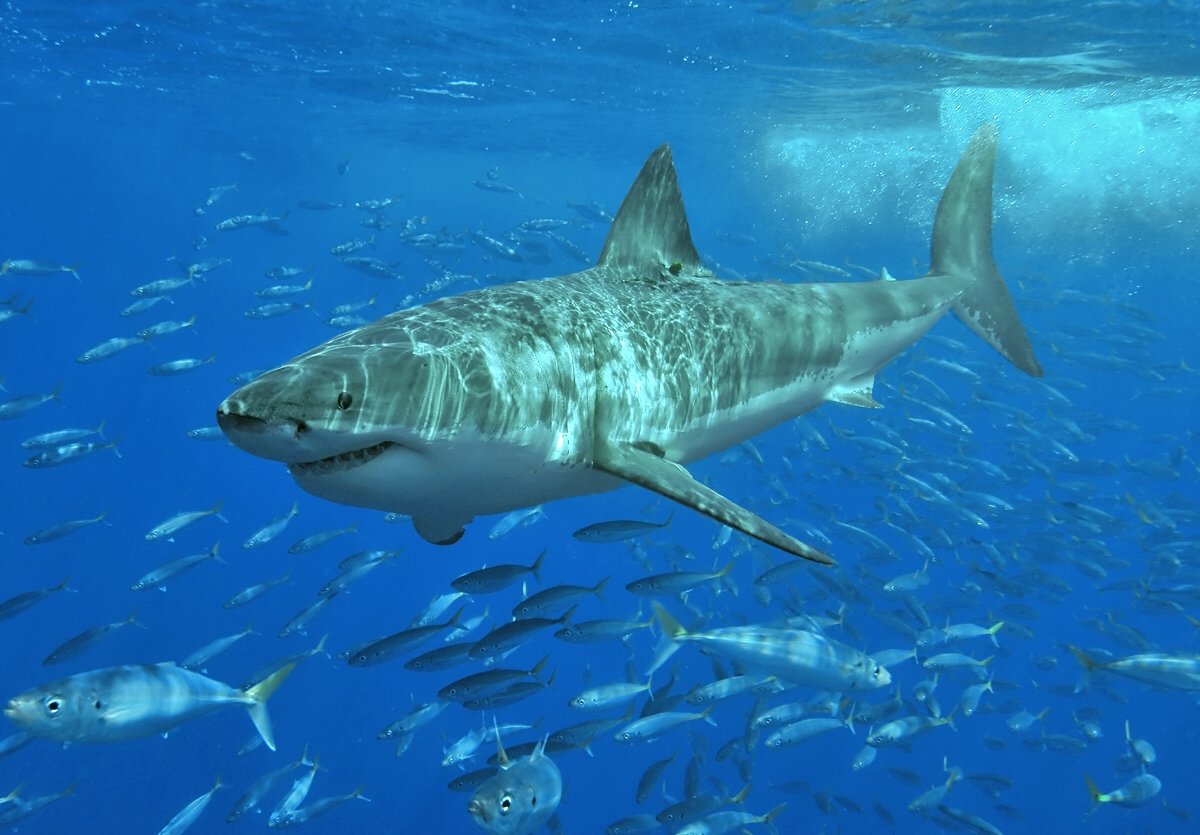
Many shark species undertake massive migrations that span entire ocean basins, and these movements play a crucial role in global carbon distribution. As sharks migrate, they transport nutrients and carbon across vast distances, helping to maintain the productivity of marine ecosystems worldwide. These migrations connect different ocean regions in ways that enhance overall carbon storage capacity.
Great white sharks, for example, migrate thousands of miles between feeding and breeding areas, carrying nutrients and carbon with them. This natural transportation system helps maintain productive ecosystems in areas that might otherwise be nutrient-poor. The loss of these migratory patterns due to overfishing disrupts global carbon cycles in ways we’re only beginning to understand.
The Blue Carbon Connection

Blue carbon ecosystems – mangroves, salt marshes, and seagrass beds – are among the most effective carbon storage systems on Earth. Sharks help protect these ecosystems by maintaining the marine food webs that support them. When sharks are present, the natural balance of species ensures that these carbon-storing habitats remain healthy and productive.
Mangrove systems, which can store up to five times more carbon per acre than tropical forests, rely on healthy marine ecosystems to provide nutrients and maintain water quality. Sharks help ensure that these connections remain intact, supporting the blue carbon systems that are increasingly recognized as crucial in the fight against climate change.
Scavenging and Decomposition Cycles
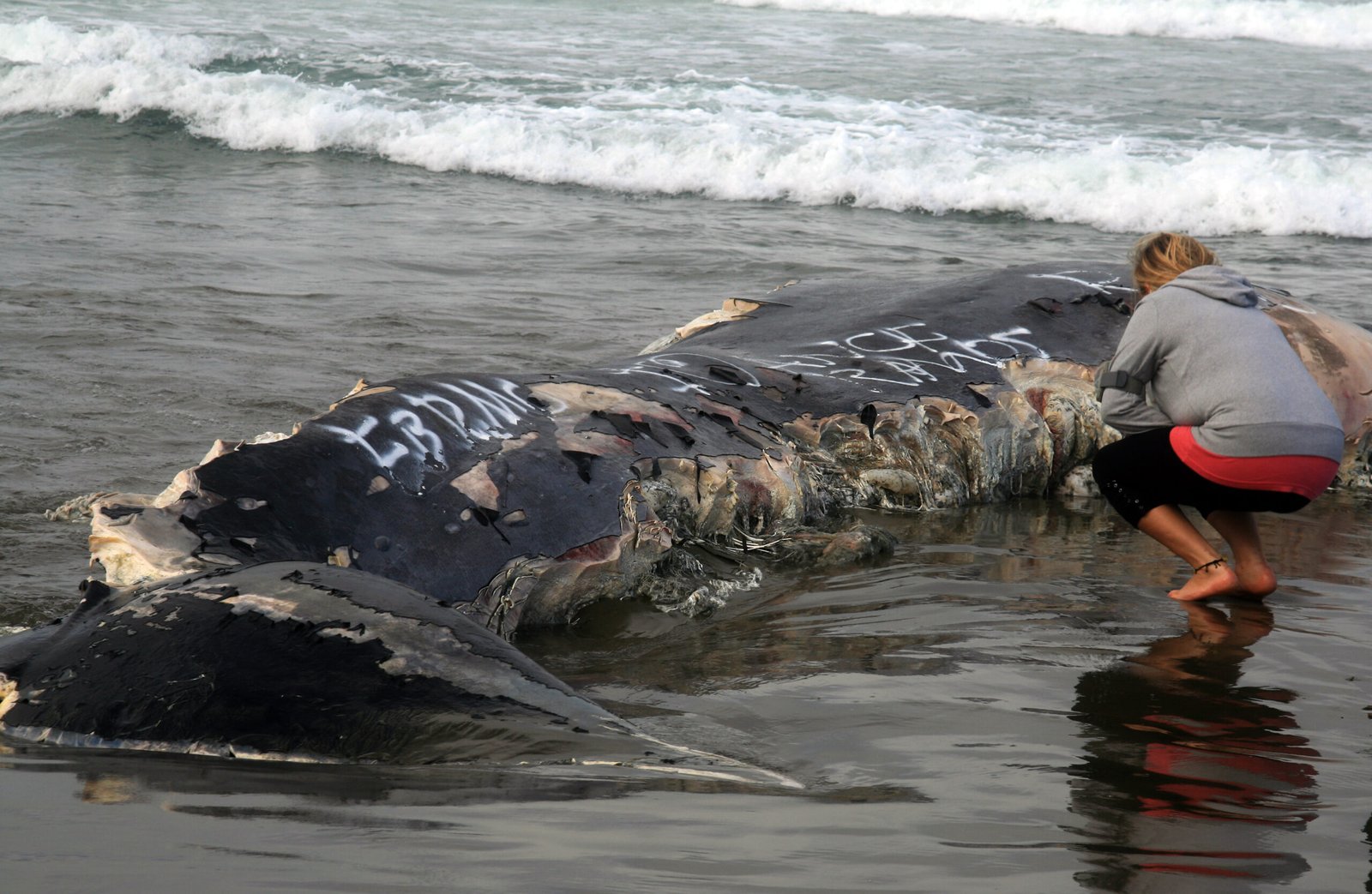
Sharks aren’t just hunters – they’re also important scavengers that help maintain efficient decomposition cycles in marine ecosystems. When sharks consume dead and dying organisms, they help break down organic matter and redistribute nutrients throughout the ecosystem. This scavenging behavior keeps carbon cycling efficiently through marine food webs.
Without sharks to clean up dead and diseased fish, marine ecosystems would become clogged with decomposing matter that could release stored carbon back into the atmosphere. Sharks act as nature’s cleanup crew, ensuring that carbon remains locked in living systems rather than being released through uncontrolled decomposition processes.
Temperature Regulation Through Ecosystem Health

Healthy marine ecosystems regulated by sharks help maintain ocean temperature stability, which is crucial for global climate regulation. When sharks maintain balanced food webs, they ensure that ocean currents, nutrient cycles, and temperature gradients remain stable. These factors are essential for the ocean’s role as a global climate regulator.
The ocean absorbs about 93% of excess heat from global warming, and healthy marine ecosystems are better equipped to handle these temperature changes. Sharks help maintain the biodiversity and ecosystem health that makes this heat absorption possible. Their presence ensures that marine ecosystems remain resilient in the face of climate change.
Economic Value of Shark-Mediated Carbon Storage
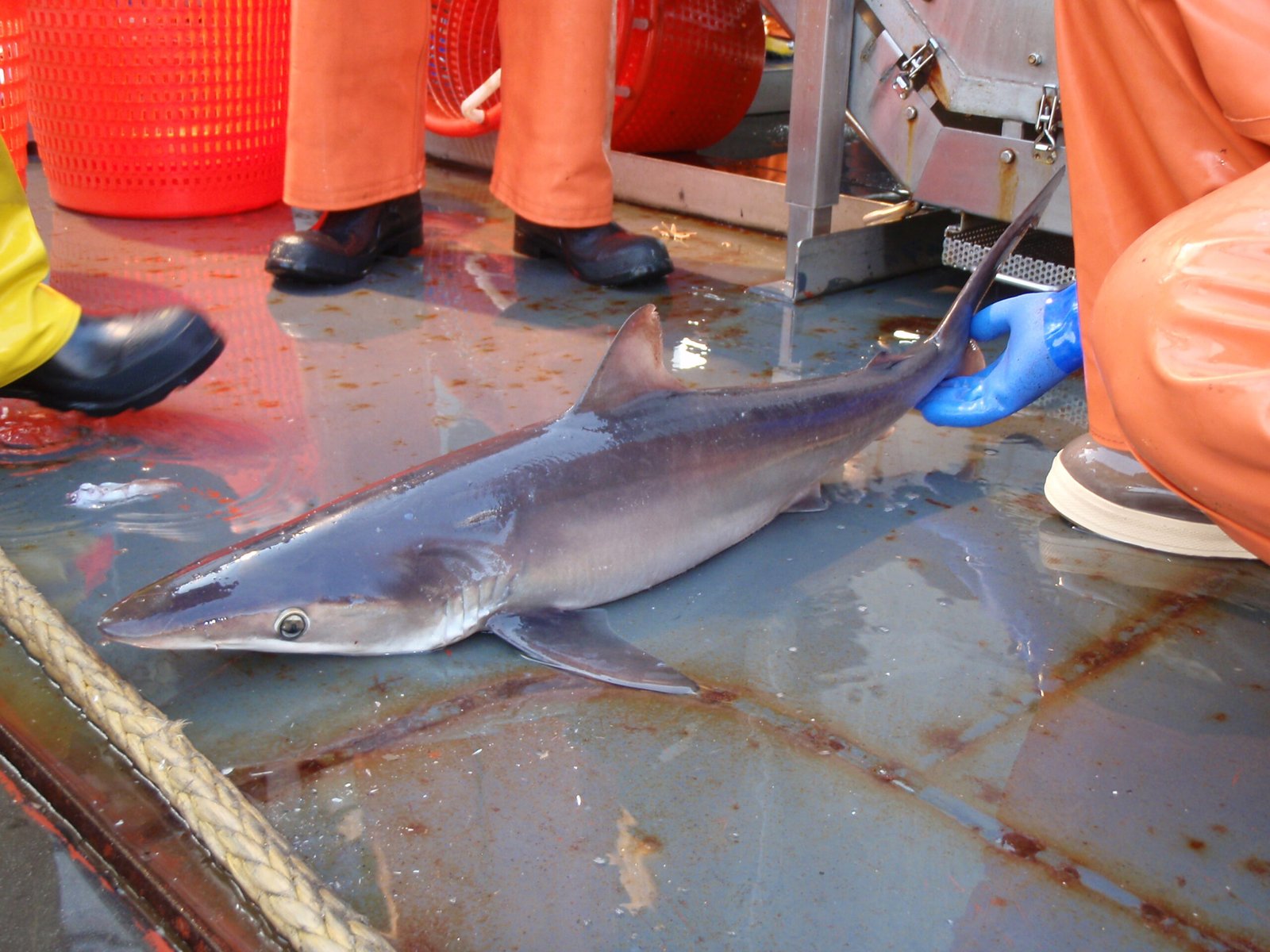
The carbon storage services provided by sharks have enormous economic value that’s often overlooked in conservation discussions. Scientists estimate that the ecosystem services provided by sharks – including carbon sequestration – are worth billions of dollars annually. This economic value far exceeds the short-term profits from shark fishing industries.
When we consider the cost of artificial carbon capture technologies, the natural carbon storage facilitated by sharks becomes even more valuable. These ancient predators provide climate services that would be impossible to replicate artificially, making their conservation a crucial investment in our planet’s future. The economic case for shark protection is as strong as the environmental one.
Climate Resilience and Adaptation

As climate change accelerates, the role of sharks in maintaining ecosystem resilience becomes increasingly important. Marine ecosystems with healthy shark populations are better able to adapt to changing conditions and continue providing carbon storage services. Sharks help maintain the genetic diversity and ecosystem stability that makes climate adaptation possible.
Research shows that ecosystems with intact predator populations are more resilient to climate change impacts like ocean acidification and rising temperatures. Sharks provide the top-down control that helps marine ecosystems maintain their structure and function even as environmental conditions change. This resilience is crucial for long-term carbon storage and climate regulation.
The Future of Shark Conservation and Climate Action

Protecting sharks isn’t just about preserving charismatic megafauna – it’s about maintaining one of our planet’s most effective natural climate solutions. As we face the urgent challenge of climate change, shark conservation must be recognized as an essential component of any comprehensive climate action plan. The services these predators provide are irreplaceable and crucial for our planet’s future.
Current shark populations have declined by more than 70% over the past 50 years, representing a massive loss of natural climate regulation capacity. Restoring shark populations could provide significant climate benefits at a fraction of the cost of technological solutions. The time to act is now, before we lose these ancient climate warriors forever.
Conclusion

The next time you see a shark documentary or hear about shark conservation efforts, remember that you’re witnessing one of nature’s most sophisticated climate solutions in action. These apex predators have been regulating our planet’s carbon cycles for millions of years, maintaining the delicate balance that keeps our oceans healthy and our climate stable. Their role in fighting climate change is both profound and irreplaceable.
From maintaining seagrass beds that store more carbon than rainforests to regulating the food webs that support whale populations, sharks are working around the clock to combat climate change. Their influence extends far beyond what most people imagine, creating cascade effects that enhance carbon storage throughout marine ecosystems. Protecting sharks isn’t just about saving an iconic species – it’s about preserving one of our planet’s most effective natural climate solutions.
As we face the mounting challenges of climate change, we need every tool in our arsenal. Sharks represent a powerful, time-tested solution that has been working for millions of years. The question isn’t whether we can afford to protect them – it’s whether we can afford not to. What would our oceans look like without these ancient guardians silently fighting climate change beneath the waves?


